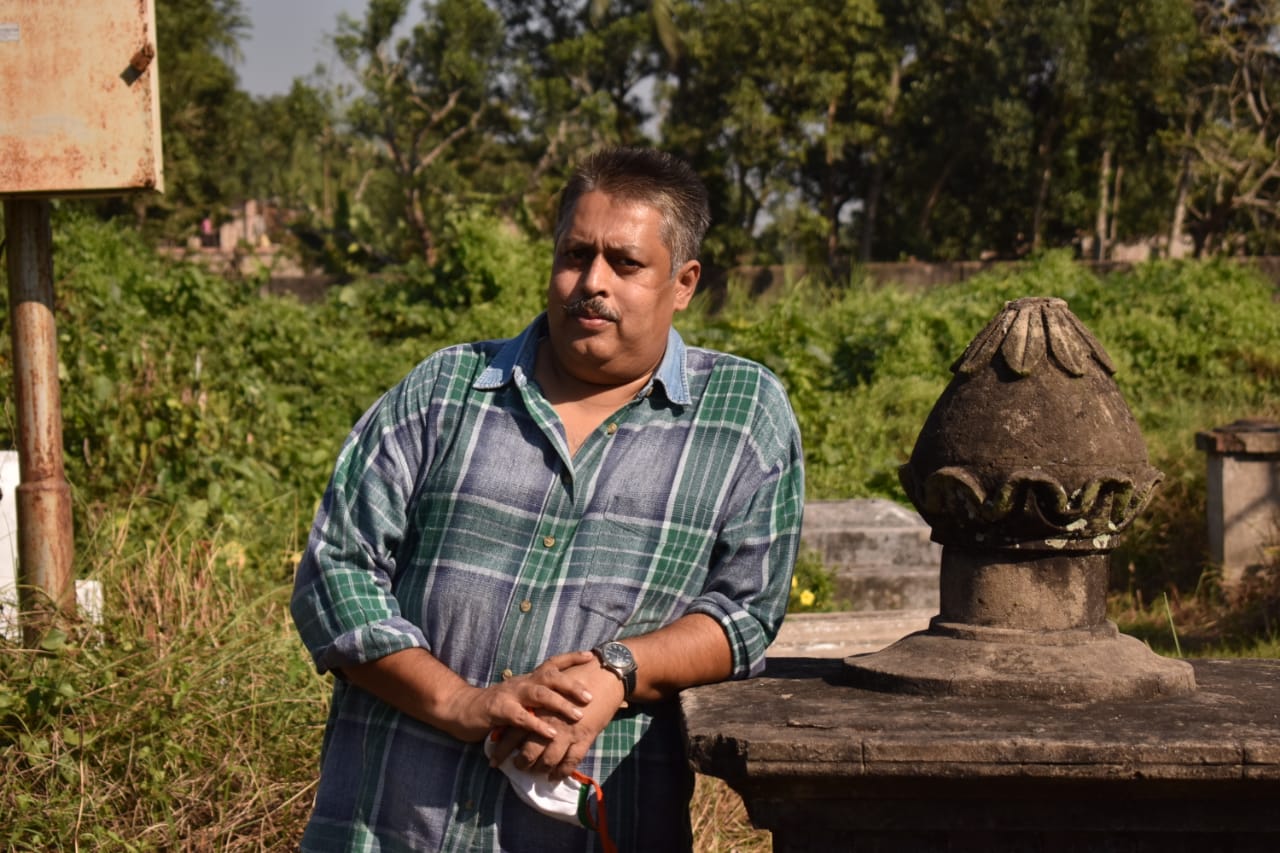Army marks 40 yrs of its dominance over Siachen
While hundreds of men have perished at the unforgiving 78 km long glacier, battling harsh climate and treacherous geography, there have been steady improvements, accelerated in the last five years, to enhance the quality of infrastructure and habitat.
